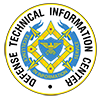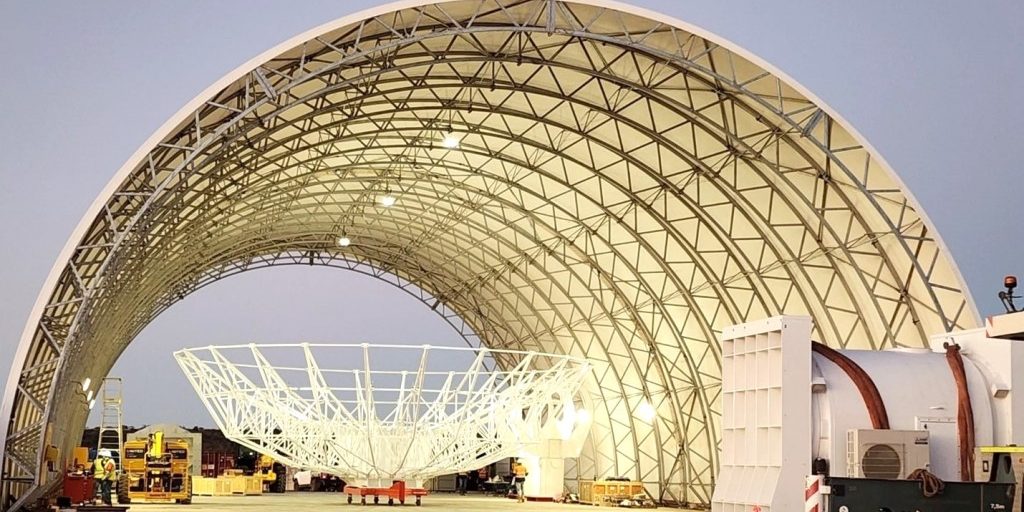EL SEGUNDO, Calif. (AFNS) – Just one year after signing a ground-breaking trilateral agreement, the Deep Space Advanced Radar Capability (DARC) partnership is completing facilities construction at the first of three sites that will host a global network of advanced ground-based sensors.
DARC is a partnership between the United States, the United Kingdom, and Australia, designed to create an all-weather, global system to track very small objects in geosynchronous orbit to protect critical U.S. and allied satellite services. The trilateral Memorandum of Understanding was signed Sept. 27, 2023, will last 22 years, and is a practical example of what the partners can achieve when working together to enhance mutual defense capabilities in the Indo-Pacific region.


